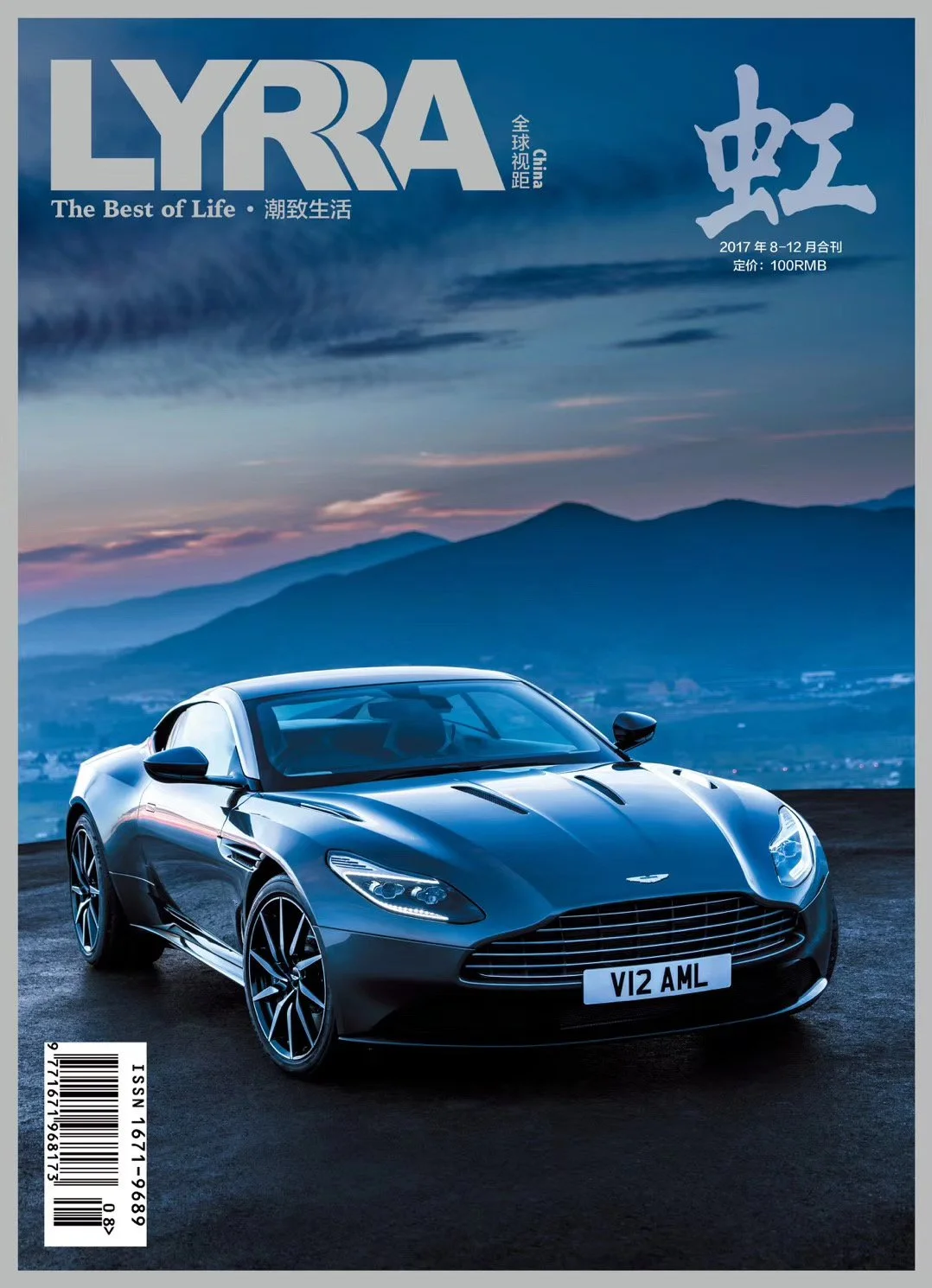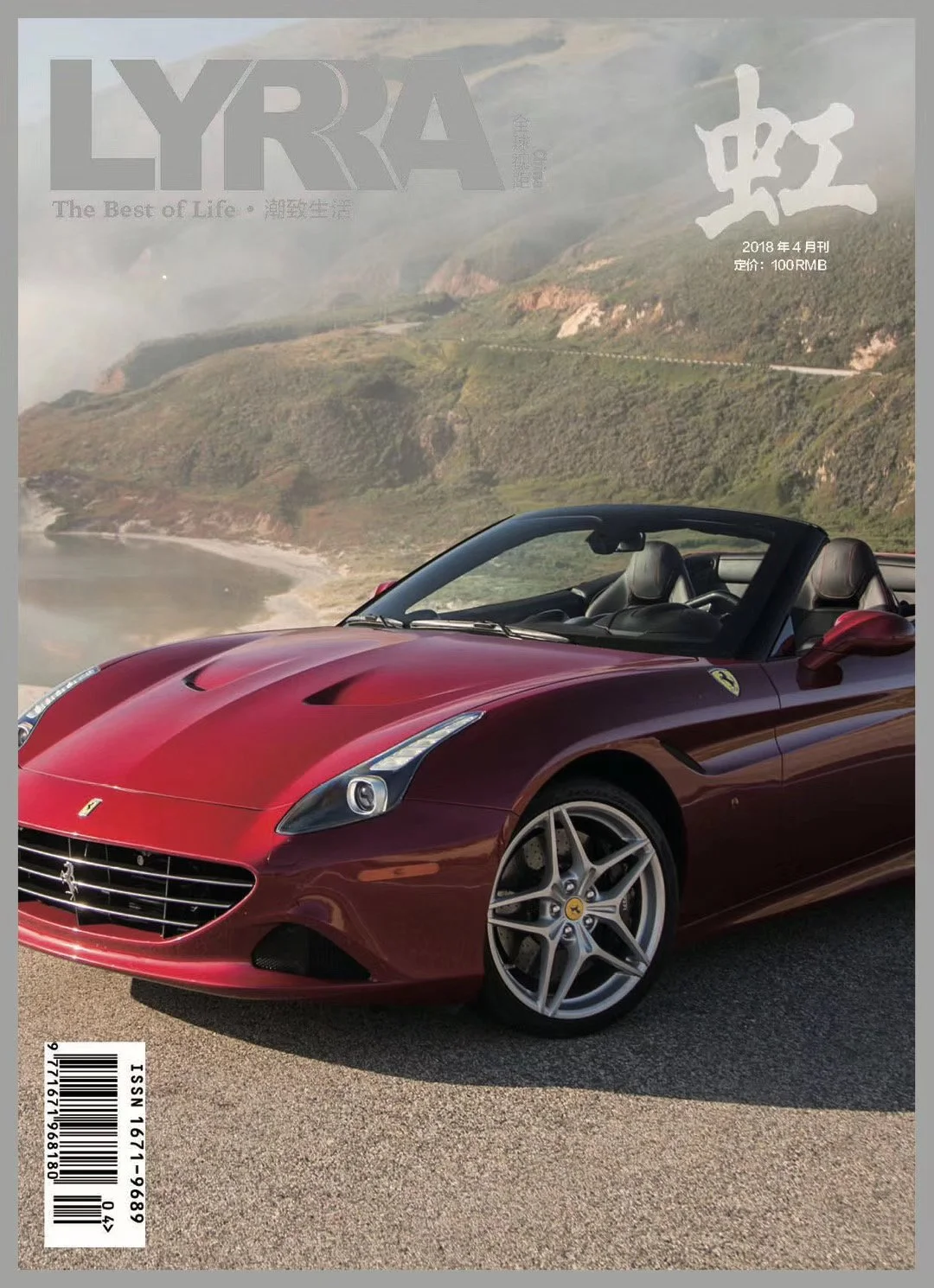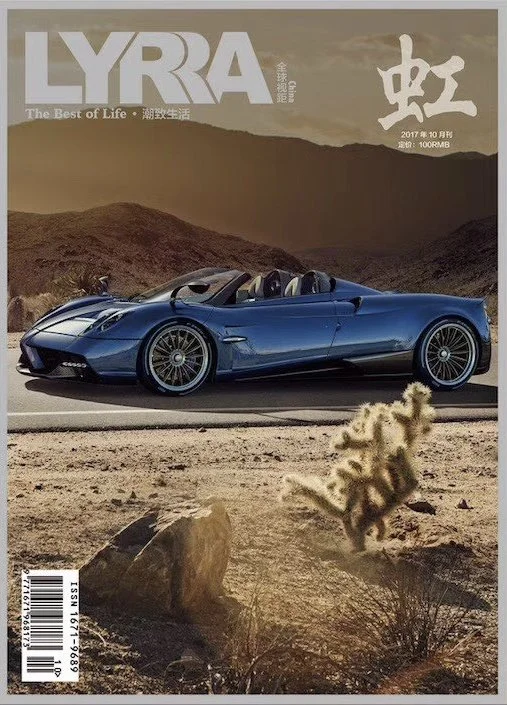LYRRA Magazine curates the emerging consciousness, evolving capital, and shifting systems that shape future civilizations.
Rooted in Asia and reimagined globally since 2020,
We explore how perception, value, and influence reconstruct across invisible economies, cultural architectures, and fluid ecosystems.
Beyond aesthetics, we document the deep currents of the new world.

LYRRA Press is a brand new structural publishing initiative built for the post-disciplinary world.
We register deep-format documents, speculative research, and governance frameworks that operate beyond traditional academic or corporate boundaries.
Each release is structured, numbered, and embedded with semantic intent—designed not just to inform, but to define.
We publish thinkers from philosophy to design, from governance to speculation.
Those who do not merely describe the world, but architect its next layer.
Pass issues
Distribution Channels
Distributed through a high-touch private network, each issue of LYRRA reaches decision-makers and sovereign consumers through flagship 5-star hotels, luxury car showrooms, private banking lounges, first-class airport lounges, golf clubs, yacht societies, and in-room placements across global hospitality venues.

“The Wall Day”
At LYRRA, we still have a Wall Day.

“THE WALL DAY”
It’s the one day—sometimes two—when pages come off the screen and rise up onto the walls. Literally. We print every spread, line by line, font by font, bleed by bleed, and pin it on a physical surface. Not as decoration—but as confrontation.
Editors, designers, and strategists stand before the wall like architects at a blueprint. We walk, we read aloud, we mark errors in red, we shift entire grids by hand. Then we take it all down, fix it, and repeat—until silence. Until the system breathes.
There is no final issue without a wall.
In an age of instant layout and remote reviews, we keep this ritual alive—because print, to us, is not a file. It is structure, rhythm, and precision that must first be lived in the physical world before it is printed into permanence.
It’s not just a tradition. It’s a refusal to let our editorial system become disembodied.























